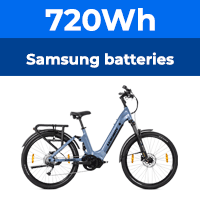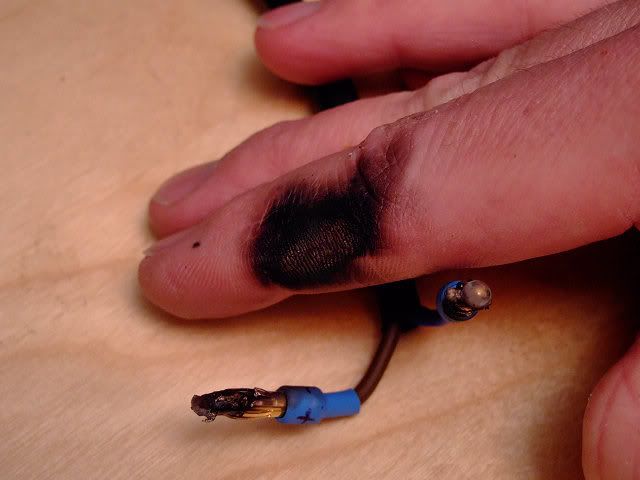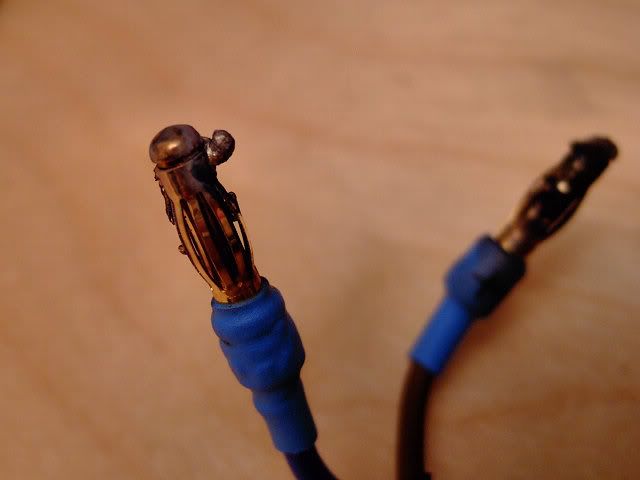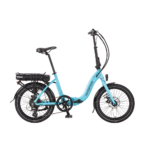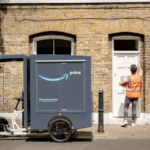First run
Well after spending a good few hours in the garage leaning how to solder putting all my EC3 plugs on then soldering wires heatshrinking then Anderson connectors I was ready to test out the system.
Battery charged and checked all wiring ready, connect the batteries, flickering red light at the throttle and NOTHING!
Phoned Alan (sorry Alan thanks for listening) had another look at the fuse and it must of part blown 15amp fuse, I believe the controller is limited to 13amps. Changed the fuse all good wheel spins.
The set about routing the cables along the bike using some half round PVC trunking and cable ties. I than made up some rubber sleeving to go around the controller and to keep the top of the battery bottle on.


Finally got it all up together this morning weighed it 13.8kg bit heavier than I was hoping and took it for a test ride. All very nice and smooth, I have a steep hill just round the corner so went up that relying more and more on the motor to see how it coped. All good until it popped. The fuse again well to be more accurate the fuse holder. Close inspection revealed it was rated at 10amps. Need to find a better holder!



